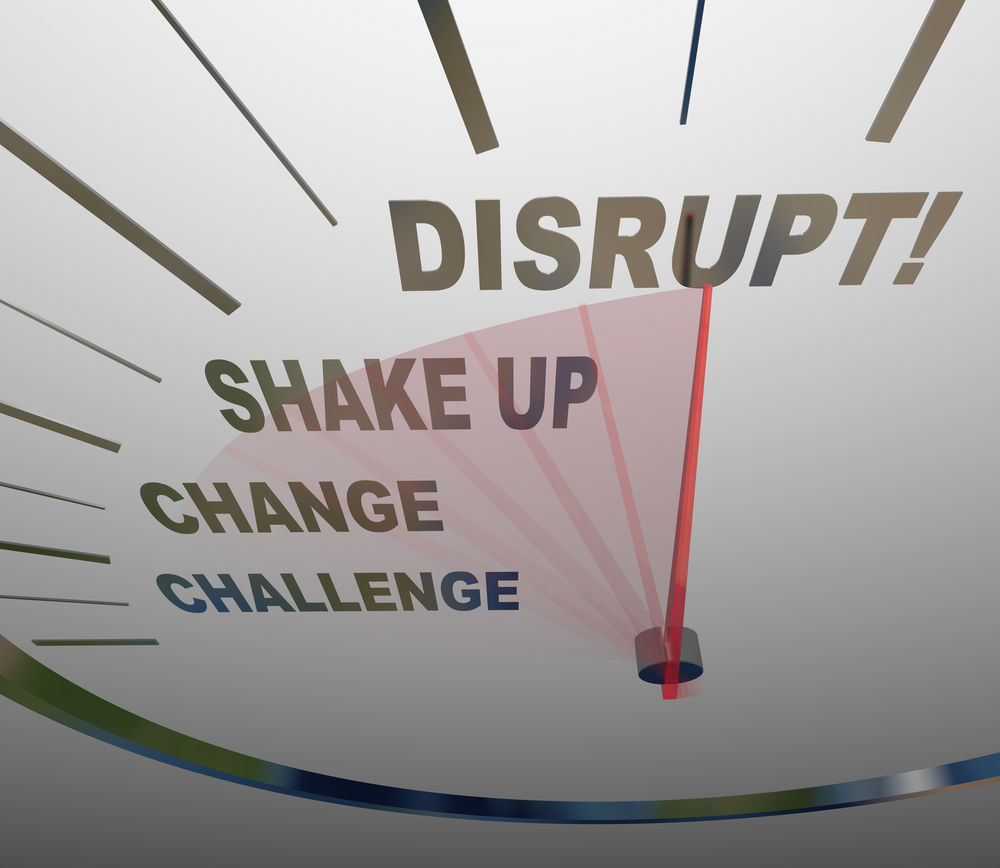Business leaders today need several things to succeed: the right talent, focus on both innovation and operational excellence, and the agility to adapt quickly to changes all around them.
What’s driving all of this? Disruption: the force that can change all organisations, how they interact with customers and employees, the products and services they provide, and potentially, even, their core business model.
Companies that understand how to harness the power of disruption are the ones that will still be operational beyond the next couple of years. Disruption is having a direct impact on technology, business strategies and decision-makers in every industry — and it’s fuelling innovation.
>See also: 5 fundamental elements of digital disruption
The decline of newspapers is a well-known example. The unstoppable use of the internet has changed people’s reading habits and how they consume information. News is now more likely to be discovered through targeted searches via search engines than buying a newspaper.
Similarly, the hotel industry has had to adapt to new competition from ventures like Airbnb and GuestHouser.com, born out of the sharing economy. The same can be said of the taxi industry — Bla Bla Car has become Europe’s biggest peer-to-peer car sharing platform, with over three million registered users across the UK and Europe.
The messaging is clear: disruption isn’t new but it’s everywhere and businesses need to remain innovative and agile to survive. Innovation and technology have always been entwined but innovation is changing form and the rate of innovation is getting faster.
CA Technologies CEO Mike Gregoire recently analysed this trend in the context of waves. Waves of innovation have become bigger and stronger over the years. Companies have to catch the innovation wave when it hits or risk being left behind and the window of opportunity to surf the wave is getting shorter.
History has shown a catalogue of innovative approaches from singular geniuses like Isaac Newton and James Watts, who worked with a couple of assistants, to the garage innovation famous in Silicon Valley, where pioneers like Steve Jobs and Steve Wozniack partnered to utilise both of their smarts.
Fast forward to today and software is enabling quick and powerful innovation. Wide access to crowdsourcing, open-source software and the internet has flipped innovation on its head. Wikipedia is an example of a mob approach to innovation, where more people can equal better outputs.
Peer-to-peer innovation, just like peer-to-peer networking, benefits from pooling resources and talent through digital technology and is becoming more and more popular thanks to the sharing economy.
Applications are being built that allow you to communicate with property owners to borrow available car parking spaces in your local neighbourhood, share a taxi, and even open your home to pets whilst their owners go on holiday.
The result from these new waves of innovation is the application economy. Software is no longer a simple technology: it has the ability to become a lever to innovate and grow.
For businesses with a legacy system, this can feel daunting — change and re-invention is easy to get wrong. But innovations like APIs and DevOps can help support organisations on their transformation to digital business.
>See also: How to navigate digital disruption without jettisoning legacy investments
APIs are the most important technical concept a business professional needs to understand today. All application economy companies excel at using APIs, such as Facebook, Alibaba, Paypal and Amazon. Meanwhile, companies should be looking at DevOps to provide speed, agility and responsiveness
However, security should be the number one priority. The reality is that no company is safe from cyber threats, and the cost can be irreparable in terms of the reputation, finance and human welfare. Public or private, enterprises are facing near-constant cyber attacks.
New technology tools, new methods to innovate and new revenue models — all of this can be managed and tied together through software and rewriting business through software. Ultimately, this is how to thrive in a world of continuous disruption.
Sourced from Marco Comastri, president and GM, EMEA, CA Technologies










